Most animals can make their own vitamin C from food. Some animals can't do that. For example humans, monkeys and guinea pigs. The consequence of this is that these animal species must have vitamin C in their diet or receive additional vitamin C. As a human being, you get enough vitamin C if you eat a varied diet. Guinea pigs eat mostly greens, so they don't get enough vitamin C as quickly (it's mostly found in citrus fruits like lemon and orange, which you shouldn't give your guinea pig). If an animal receives too little vitamin C, it can develop hypovitaminosis C. Guinea pigs can have problems with too little vitamin C after just 10 days.
What are the Symptoms of Vitamin C Deficiency in Guinea Pigs?
Vitamin C is very important for the formation of bone tissue (for the bones). It also plays a role in the production of bile (necessary for the digestion of food), blood clotting, the immune system and the production of certain amino acids (also important for digestion, among others).
Since vitamin C plays multiple roles, many different problems can also arise. In the case of bones, one sees problems with bone hardness. As a result, you can see thickening of the ribs in particular, but swollen and painful joints can also be the result. Microfractures can also occur (which you often don't notice). Teeth and jaws are also affected. These become more brittle and break faster. Your guinea pig will no longer want (or be able to) eat.
There may be frequent bleeding due to problems with blood clotting, but you may also find that your guinea pig bruises easily. This is especially noticeable where your guinea pig is very muscular, such as the thighs. But they can also appear in joints, the bladder wall (where you can see blood in the urine), the intestines (blood in the stool) or around the teeth.
Since vitamin C also plays a role in the immune system, guinea pigs with hypovitaminosis C are more sensitive to bacterial infections (but also to fungal infections).
In general, the following symptoms are most noticeable; Muscle weakness, anorexia (not wanting/unable to eat), diarrhea, teeth grinding, pain, delayed wound healing, lameness, increased susceptibility to infections, lethargy, lackluster coat, swollen and painful joints, bleeding in the mucous membrane (eyes and mouth) or subcutaneous bleeding.
What can I do about hypovitaminosis C in my guinea pig?
A diagnosis can be difficult to make. Vitamin C cannot be measured in the blood. Your vet will often have to rely on the symptoms and the fact that there may be a lack of vitamin C in the diet.
If your guinea pig is currently deficient, you will need to give them extra vitamin C. Most problems will then be solved by your guinea pig's body itself. However, if your guinea pig also has other problems (such as dental problems or bacterial infections), you will need to give them medication. It is important that you see a veterinarian.
Sick guinea pigs may get more vitamin C than healthy guinea pigs. All guinea pigs should be given supplemental vitamin C daily.
How can I prevent vitamin C deficiency in my guinea pig?
The great benefit of vitamin C is that excess vitamin C is excreted in the urine. What is done a lot and what is actually a recommendation is the administration of tablets with vitamin C. You can find these in our animal pharmacy. Guinea pigs often find the tablets very tasty after the second or third time and perceive them as treats. Do not give more than 1 tablet per day to healthy guinea pigs. Fresh peppers also contain a lot of vitamin C.
Dissolving vitamin C in water is not recommended. A guinea pig doesn't drink the same amount of water every day, making it more difficult to monitor how much vitamin C your guinea pig is actually getting. Vitamin C, which is dissolved in water, also precipitates. This means that all of the vitamin C will settle at the bottom of the bowl, preventing your guinea pig from ingesting it while drinking. With a drinking bottle, the vitamin C gets stuck on the edge or gets stuck in front of the spout and doesn't come out. In addition, vitamin C in feed is very “unstable”. This means that after 3 months there is only 35% of the original amount of vitamin C in the feed.
This text was translated by a translation machine
 Horse Pharmacy
Horse Pharmacy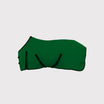 Rugs
Rugs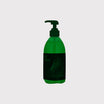 Care
Care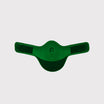 Saddle and Attachments
Saddle and Attachments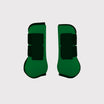 Leg Protection
Leg Protection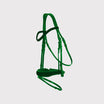 Bridles
Bridles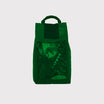 Feed
Feed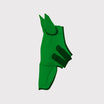 Fly Masks
Fly Masks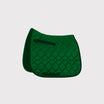 Saddle Pads
Saddle Pads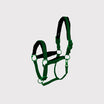 Headcollars and Ropes
Headcollars and Ropes Bits
Bits Other Disciplines
Other Disciplines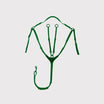 Reins and Auxiliary Reins
Reins and Auxiliary Reins Clipping
Clipping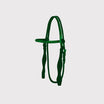 Western
Western Eventing
Eventing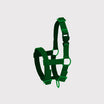 Foals
Foals Reflection
Reflection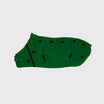 Therapy Products
Therapy Products Boots and Shoes
Boots and Shoes Breeches and Belts
Breeches and Belts Tops
Tops Safety
Safety Competition
Competition Heated Clothing
Heated Clothing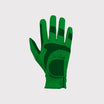 Gloves
Gloves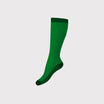 Socks
Socks Spurs and Attachments
Spurs and Attachments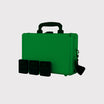 Technology
Technology Whips
Whips Gifts
Gifts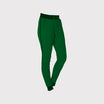 Casual Wear
Casual Wear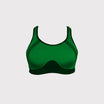 Underwear
Underwear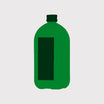 Rider Pharmacy
Rider Pharmacy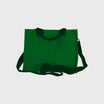 Bags
Bags Books
Books Laundry supplies
Laundry supplies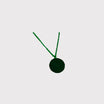 Jewelry
Jewelry Feed and Waterbowls
Feed and Waterbowls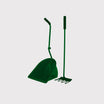 Equipment
Equipment Tack Room
Tack Room Pest Control
Pest Control Arena
Arena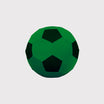 Horse Toys
Horse Toys Wheelbarrows
Wheelbarrows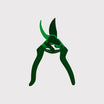 Yard
Yard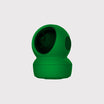 Surveillance
Surveillance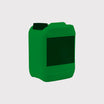 Disinfect
Disinfect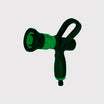 Washing Area
Washing Area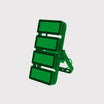 Lighting
Lighting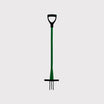 Horse Pasture
Horse Pasture Current Conductors
Current Conductors Pole
Pole Insulators
Insulators Energisers
Energisers Gate Handles
Gate Handles Batteries and Accumulator
Batteries and Accumulator Nets
Nets Grounding
Grounding Tools
Tools Fencing Security
Fencing Security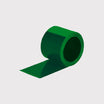 Wolf Defense
Wolf Defense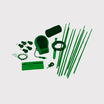 Fencing Sets
Fencing Sets Fence locks
Fence locks Dogs
Dogs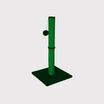 Cats
Cats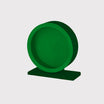 Rodents
Rodents Dogs Pharmacy
Dogs Pharmacy Cats Pharmacy
Cats Pharmacy Rodents Pharmacy
Rodents Pharmacy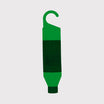 Cattle Pharmacy
Cattle Pharmacy Poultry Pharmacy
Poultry Pharmacy Veterinary Supplies
Veterinary Supplies Cattle
Cattle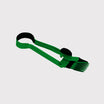 Sheep and Goats
Sheep and Goats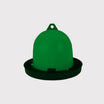 Poultry
Poultry Heat Lamps
Heat Lamps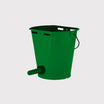 Calves
Calves Marking
Marking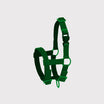 Halters
Halters